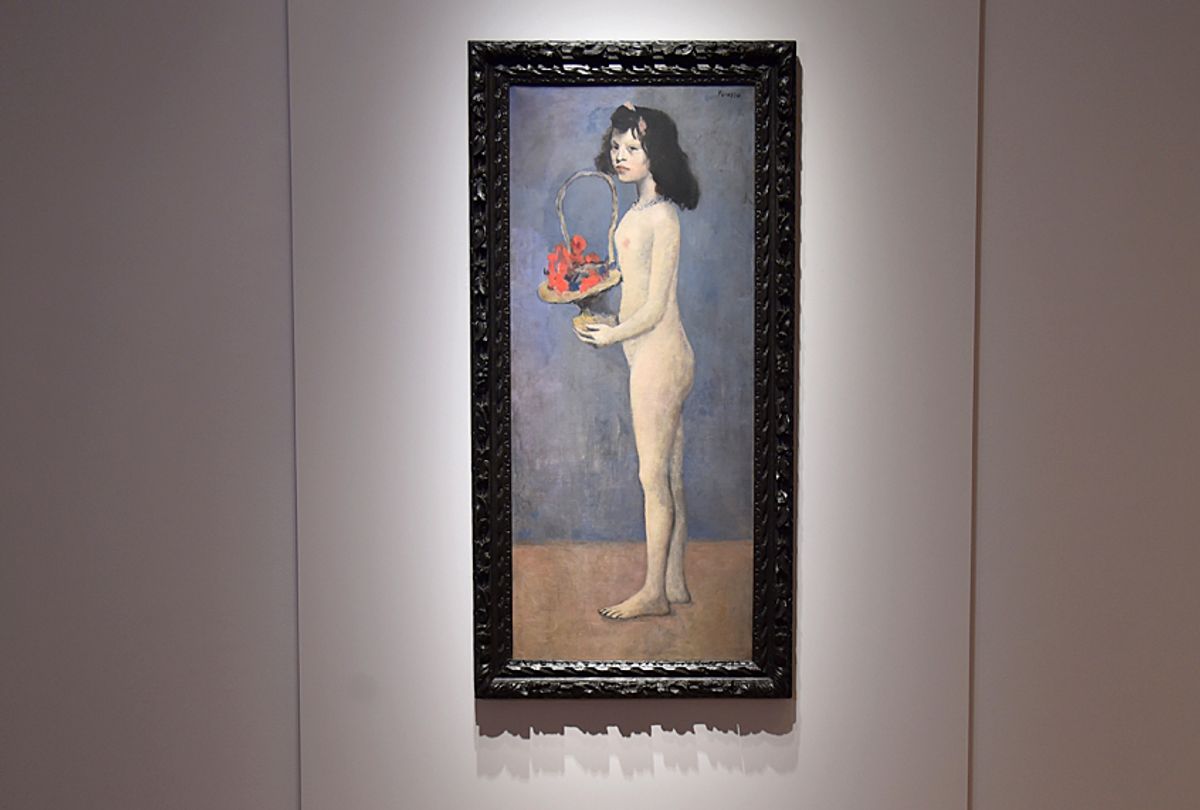Pablo Picasso's 1905 painting "Fillette à la corbeille fleurie" sold for $115 million at Christie’s auction house on Tuesday night. Breaking several world auction records, the purchase has been described by some experts experts as "the sale of the century."
But little is known about the young girl at the center of the nude Picasso portrait. In the era of #MeToo, the enormous sale – and its subject's lack of identity and age – raises important questions about where we draw the line between consent and exploitation in esteemed art.
"Many critics call this painting a masterpiece, and that may be true. But it poses a question: Why we are willing [to] overlook inhumane, monstrous behavior when it comes to artists?" Mia Merrill, director of talent at The Wing, wrote in an email to HuffPost. "We want to know why Picasso chose to paint this naked child and what he was trying to convey by doing so."
"Fillette à la corbeille fleurie" was painted during Picasso's Rose Period, the years between 1904 and 1906 in which the Spanish artist used a palette of oranges and pinks in contrast to more somber tones, such as blues. The subject's pale, naked body jumps out from the subdued, periwinkle backdrop. Her eyes are like darts and her face is stern, frustrated even – aged far beyond her pubescent body. She carries a basket full of bright red flowers. The famous painting was mentioned in Ernest Hemingway's "A Moveable Feast" and was also once owned by Gertrude Stein.
Picasso referred to the young girl as "Linda," according to Christie's website. Linda was a poor, teenage girl, who supported herself through the selling of flowers and her body, the auctioneer writes. Her exact age is unknown, but in the painting, her body is childlike: flat-chested, thin and hairless.
But Picasso was 21 years old when he painted Linda. In a feature essay about Picasso on Christie's site, she is believed to have "died sadly young. We do not know what became of Linda, but the long-term odds of evading a similar fate were not in her favor."
"Linda’s is a paradoxical position many women deemed 'muses' occupy, their images iconic and their identities irrelevant," HuffPost reported. "For centuries, women like Linda, who pose for and collaborate with powerful male artists, have been seen but not heard, objectified rather than humanized."



Shares